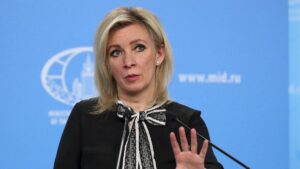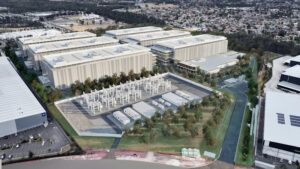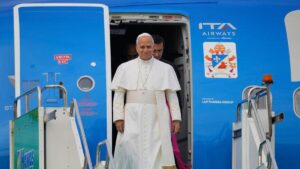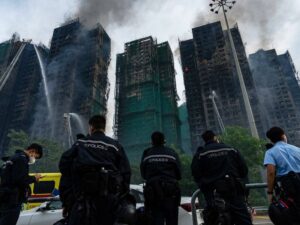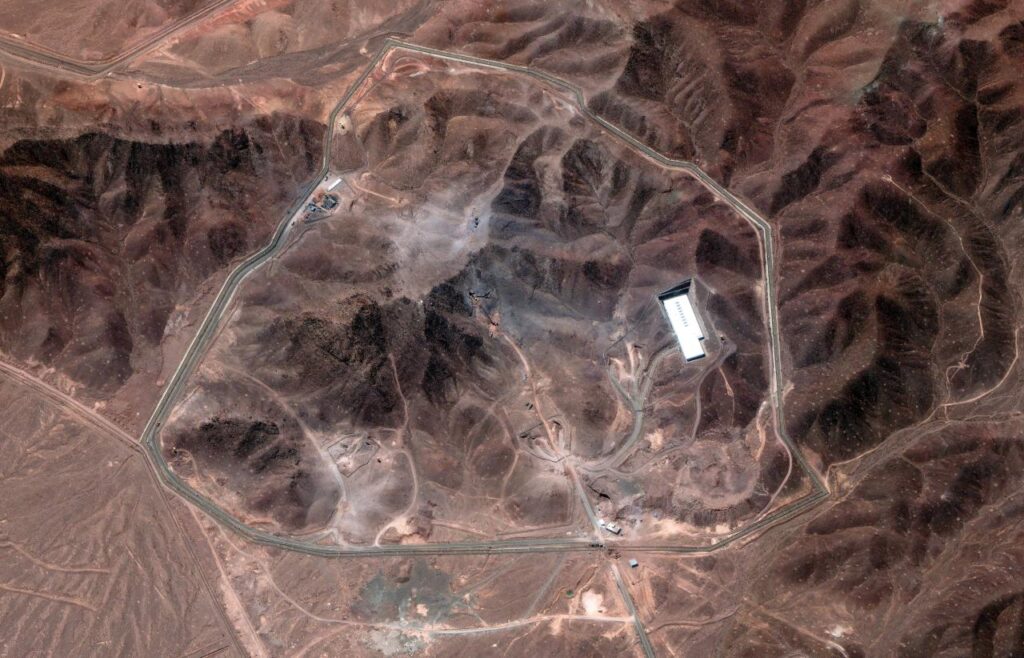
Satellite images have surfaced showing increased activity at Iran’s Fordow nuclear site, intensifying the ongoing debate over the impact of recent U.S. airstrikes. These developments come after a series of Israeli strikes on Iranian facilities, raising concerns about escalating tensions in the region.
The images, released by a private satellite company, depict a flurry of activity at the Fordow site, a key component of Iran’s nuclear program. This revelation adds a new dimension to the international discourse on Iran’s nuclear capabilities and the potential ramifications of military actions in the Middle East.
Background on Fordow and Recent Strikes
The Fordow Fuel Enrichment Plant, located near the city of Qom, has been a focal point of international scrutiny since its existence was revealed in 2009. Originally constructed in secret, the facility is fortified deep within a mountain, making it a challenging target for military strikes.
The recent U.S. airstrikes, which followed Israeli operations, targeted various Iranian military and nuclear sites. While the U.S. Department of Defense has claimed significant damage to Iran’s military infrastructure, the extent of the impact on nuclear facilities like Fordow remains a subject of debate.
Expert Opinions and International Reactions
Experts in nuclear proliferation and Middle Eastern geopolitics have weighed in on the implications of the satellite images. Dr. Emily Landau, a senior research fellow at the Institute for National Security Studies, emphasized the strategic importance of Fordow.
“Fordow’s resilience and strategic location make it a linchpin in Iran’s nuclear ambitions. Any activity there is a signal that Iran is reinforcing its nuclear capabilities, potentially as a response to external pressures,” Dr. Landau stated.
Meanwhile, international reactions have been mixed. The European Union has called for restraint from all parties, urging diplomatic solutions over military actions. China and Russia, both signatories of the 2015 Iran nuclear deal, have expressed concerns over the escalation and reiterated their support for negotiations.
Historical Parallels and Current Context
The situation echoes past tensions, particularly those leading up to the 2015 Joint Comprehensive Plan of Action (JCPOA), which sought to curb Iran’s nuclear program in exchange for sanctions relief. Since the U.S. withdrawal from the JCPOA in 2018, Iran has gradually rolled back its commitments, leading to increased international concern.
Comparisons have been drawn to previous periods of heightened tension, such as the 2012 standoff, when similar satellite imagery played a crucial role in international diplomacy. The current scenario underscores the persistent challenges in balancing regional security with global non-proliferation goals.
Implications and Future Prospects
The release of these satellite images may influence future diplomatic engagements, potentially impacting the ongoing negotiations aimed at reviving the JCPOA. Analysts suggest that the visibility of Fordow’s activities could serve as a bargaining chip for Iran, leveraging its nuclear advancements to gain concessions.
Looking ahead, the international community faces a critical juncture. As tensions simmer, the potential for miscalculation or further escalation remains a significant risk. Diplomatic efforts, therefore, must prioritize de-escalation and constructive dialogue to prevent a broader conflict.
In conclusion, the activity at Iran’s Fordow nuclear site, as captured by satellite imagery, highlights the complex interplay of military actions, diplomatic negotiations, and regional security dynamics. The coming weeks will be crucial in determining whether the situation stabilizes or spirals into further confrontation.
